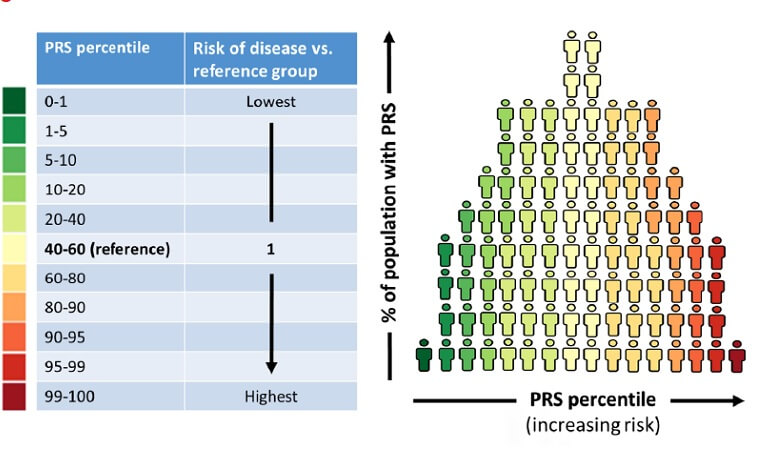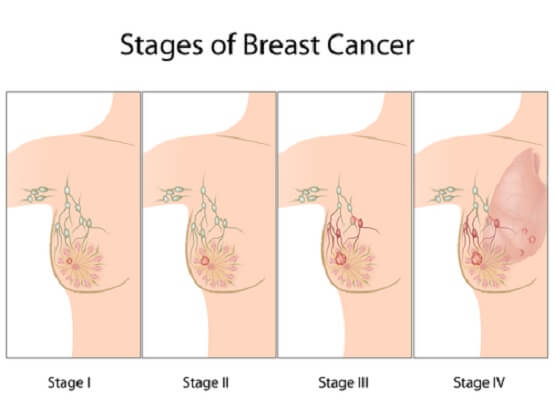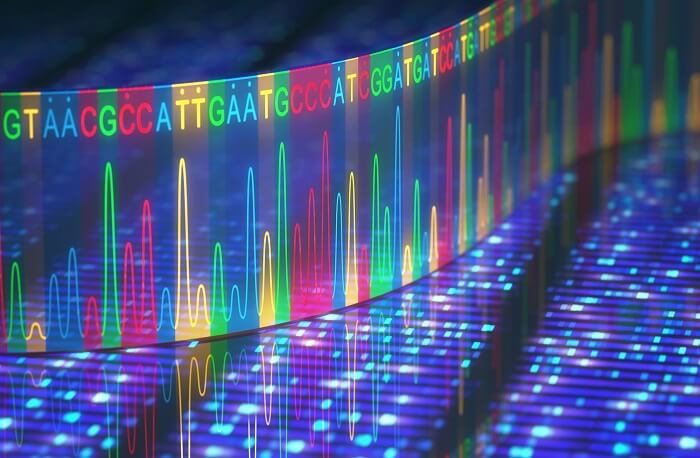PRS (Polygenic Risk Score) is a genetic tool that was developed to measure the risk of breast cancer in European women. But studies reveal that this tool works in Asian women too. This study, which is extremely helpful in Oncology, was published in the journal Nature Communications.
PRS divides people into different risk groups based on their genetic sequence to predict their future risk of developing breast cancer.
The PRS is formed from a set of independent risk variants associated with a disorder, based on the current evidence from the largest or most informative genome-wide association studies. For each individual, the number of risk alleles carried at each variant (0, 1, or 2) is summed, weighted by its effect size (i.e. log (OR) for binary traits or beta coefficient for continuous traits). The outcome is a single score of each individual’s genetic loading for a disease or for a continuous trait.

Malaysian scientists in collaboration with Singapore and the University of Cambridge have now revealed that this tool also works in Asian women. This could help address the rising incidence of breast cancer in Asia.
The results can empower women to decide which screening and prevention is right for them, and help reduce inefficiency, unnecessary cost, and even possible harm caused by over-diagnosis.
This is the first large study of the PRS in an Asian population. Previously, Asian studies were nearly six times smaller than studies in European women, and due to lack of data in Asians, it was unclear if PRSs are effective in predicting breast cancer risk in non-European women.
The outcome of the study revealed that only 30 per cent of the women in Malaysia and Singapore had a predicted risk similar to that of women in Europe. PRS could accurately identify these high risk women.

Malaysian scientists evaluated the PRS in 45,212 Asian women, from Singapore, Malaysia, Japan, Korea, China, Hong Kong, Thailand, Taiwan, U.S., and Canada. By bringing together patients from University Malaya, Subang Jaya Medical Center, National University Hospital, Singapore, and six other major treatment centers in Singapore, researchers got the sample size, large enough to be evaluated for assessing risks in Asian women.
The study says that women are usually recommended to start screening for breast cancer from the age of 50. But, in most Asian countries, women who could be prone to breast cancer do not undergo screening. This leads to a late detection state. Late detection is one of the causes for not surviving this disease.
The study is a critical piece of the puzzle that will lead to better understanding breast cancer risks in different women around the world. There are differences in the genetic make-up of Asian women compared to women of European descent, which means their tendency to develop breast cancer may be different. Understanding this can lead to work out why some women are at higher risk of the disease.
The study stresses that there is an urgent need to develop a careening protocol for Asian women. Statistics say that Malaysia predicts 49 per cent increase in the breast cancer cases from 2012 to 2025. Malaysia has a much lower five-year survival rate compared to other Asian countries at only 63 per cent. For South Korea and Singapore, the survival rate is comparatively higher upto 92 per cent and 80 per cent respectively.




![The Top & Most Popular Seafood Bucket Restaurants in Dubai for you [Never Miss]](https://uae24x7.com/wp-content/uploads/2020/09/8-seafood-in-a-bucket-scaled-e1600739237403.jpg)
![Procedures for Renewing the Driving License in Abu Dhabi [3 Simple Steps]](https://uae24x7.com/wp-content/uploads/2020/07/Capture-9-e1595666454466.jpg)





